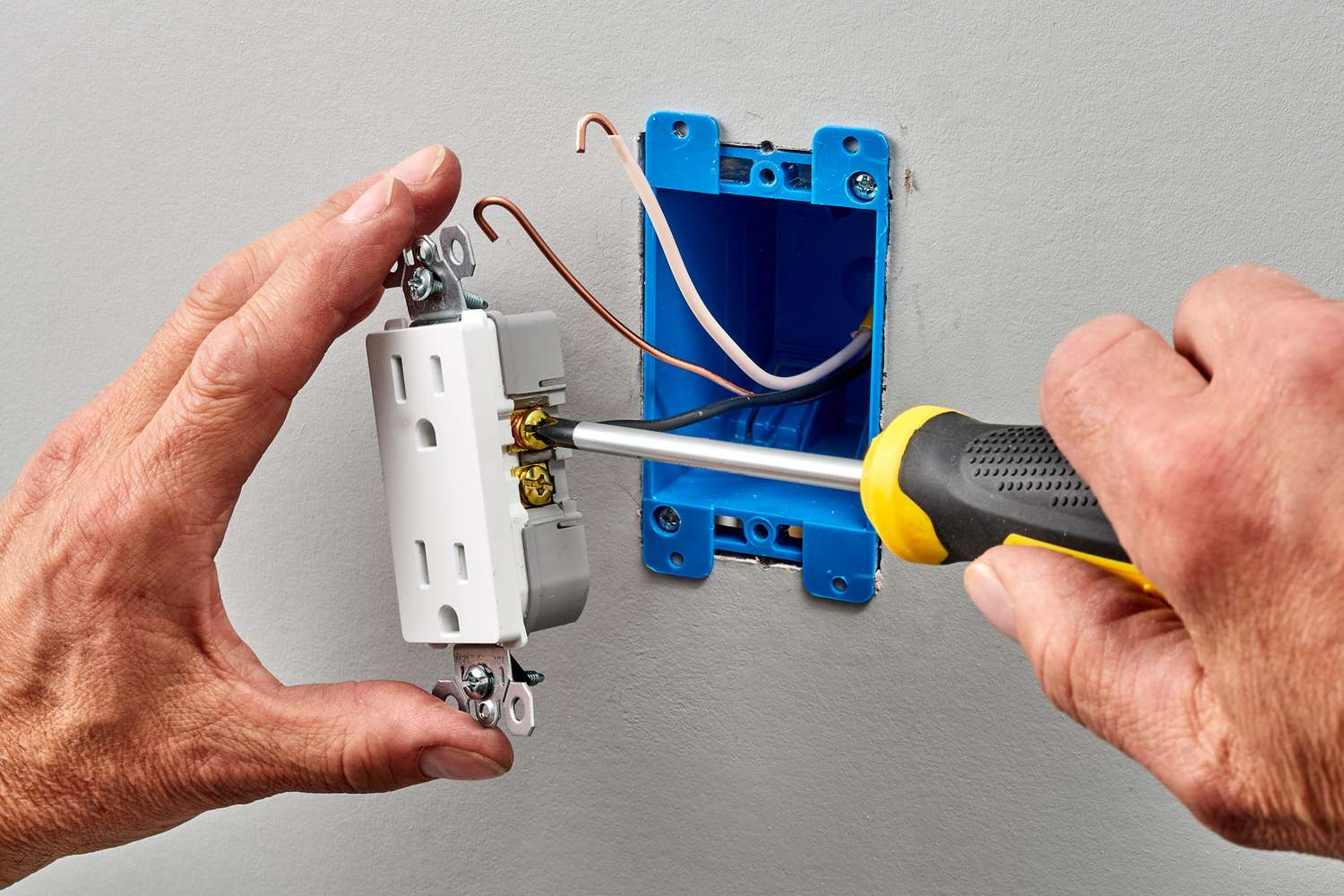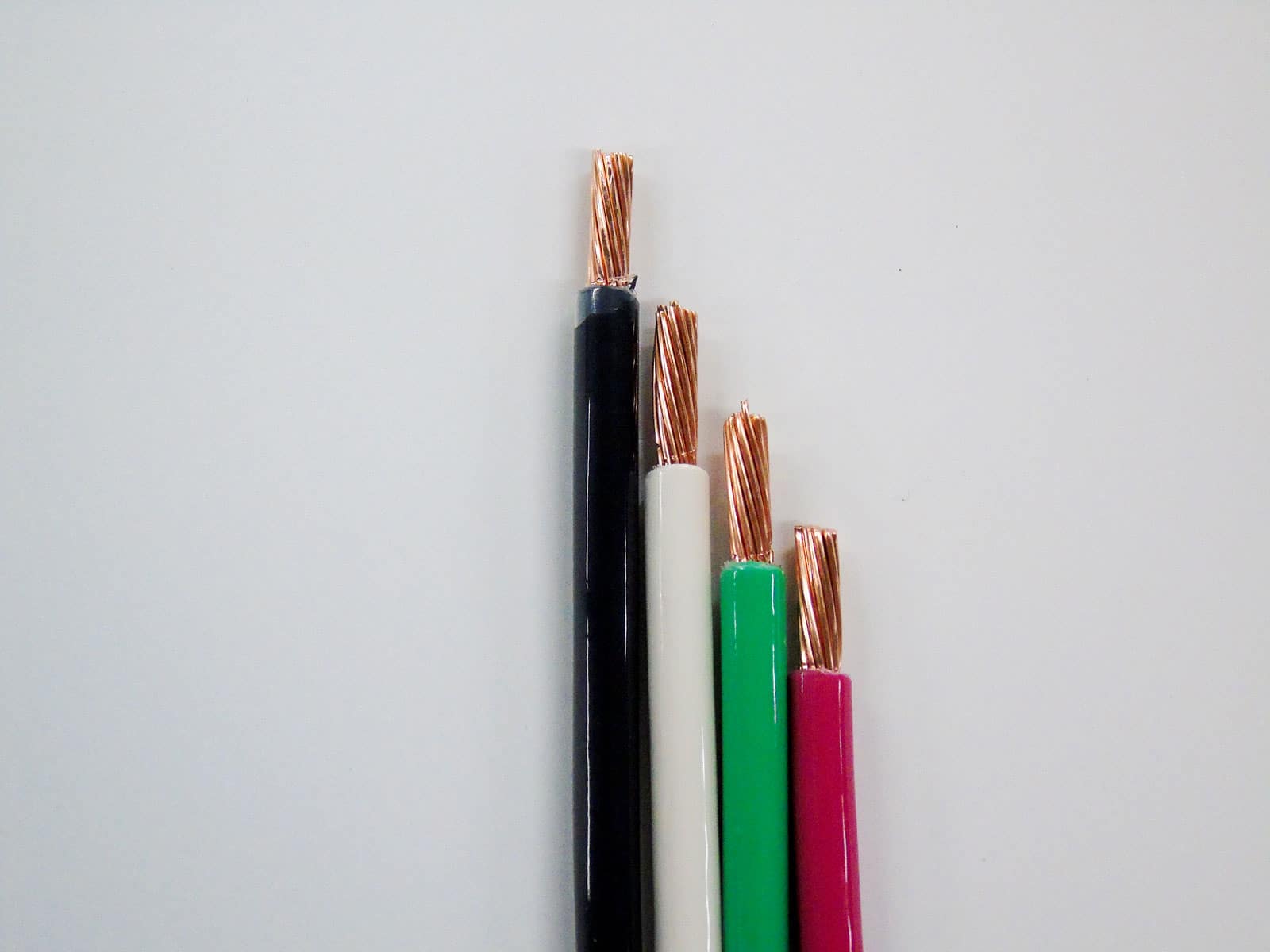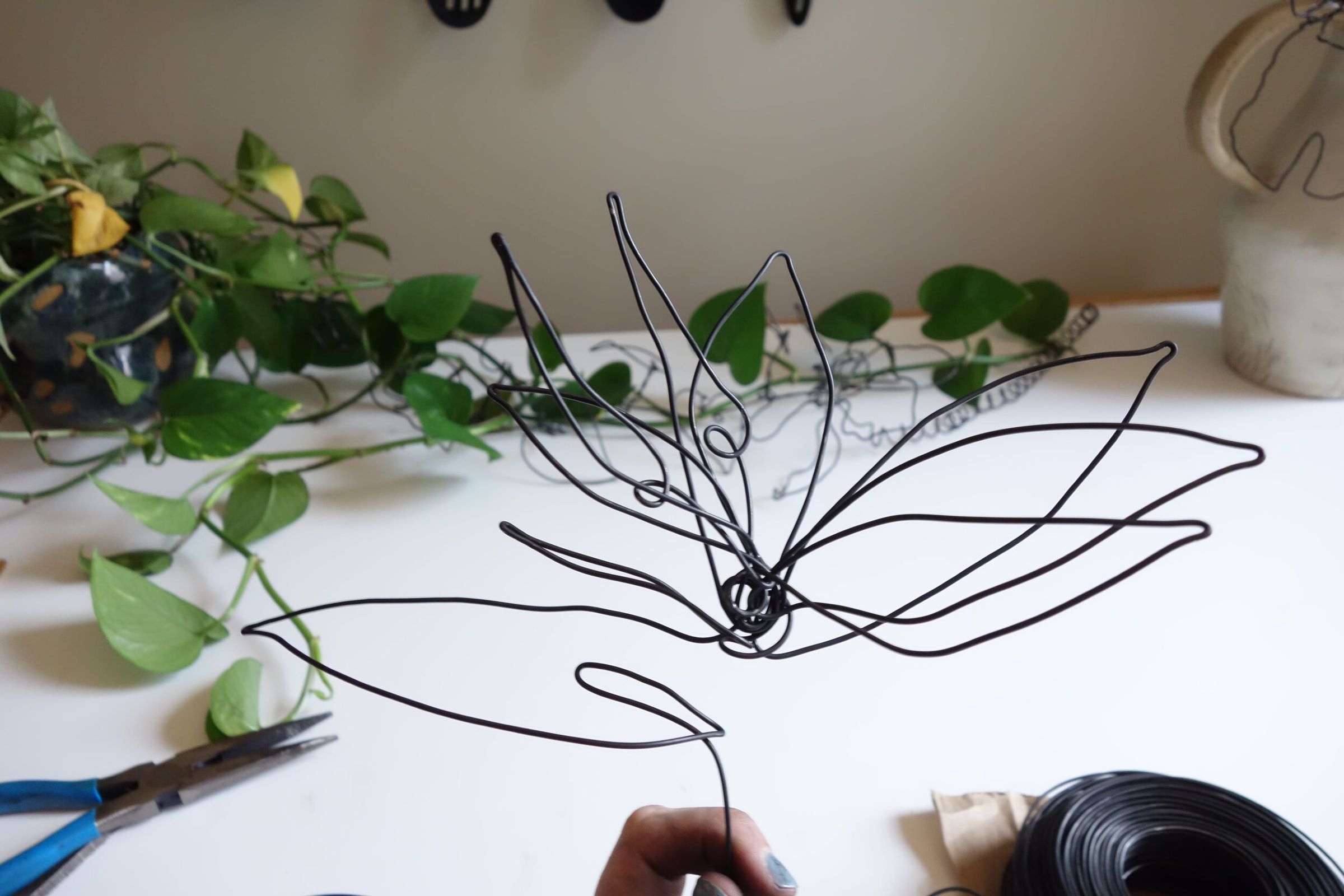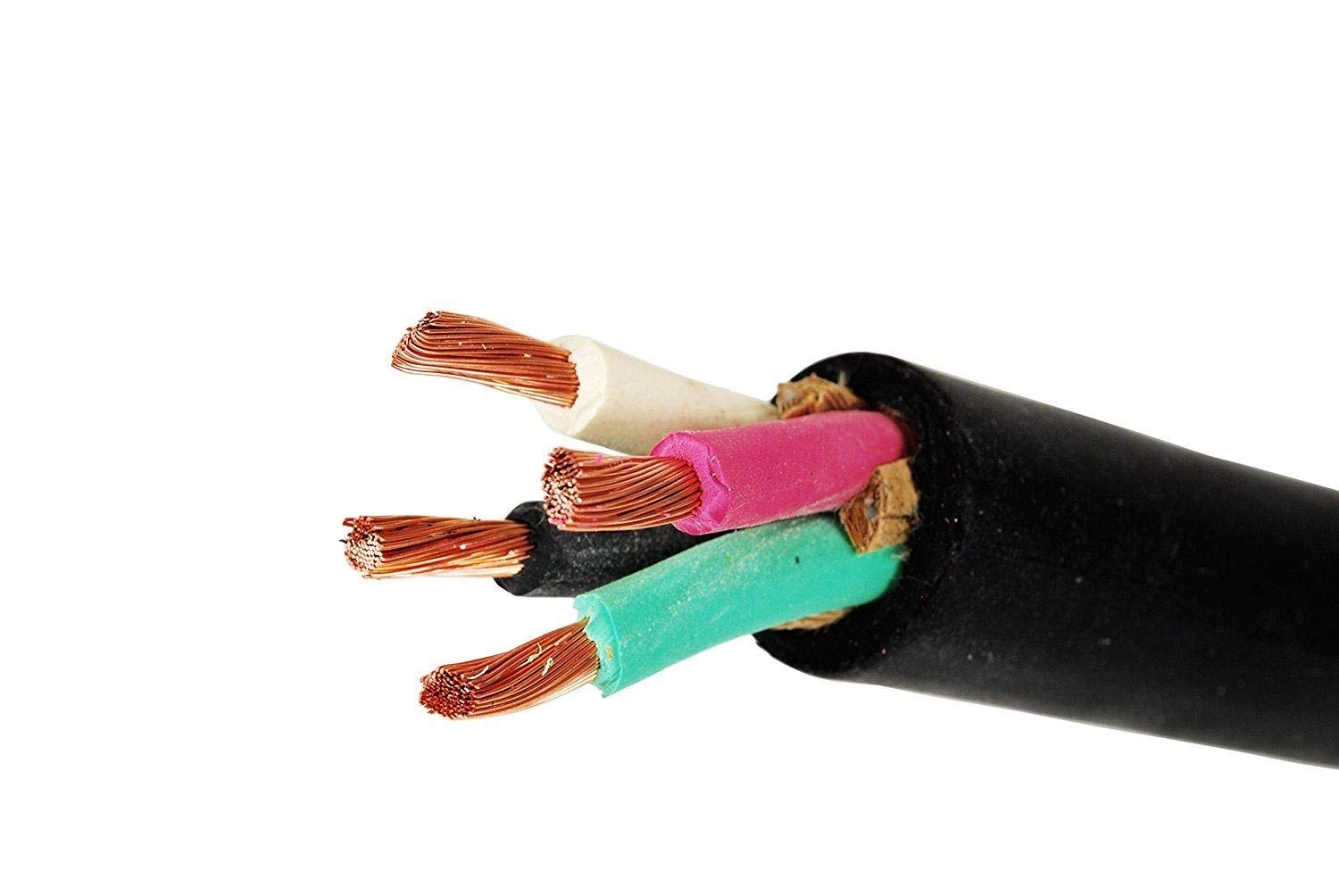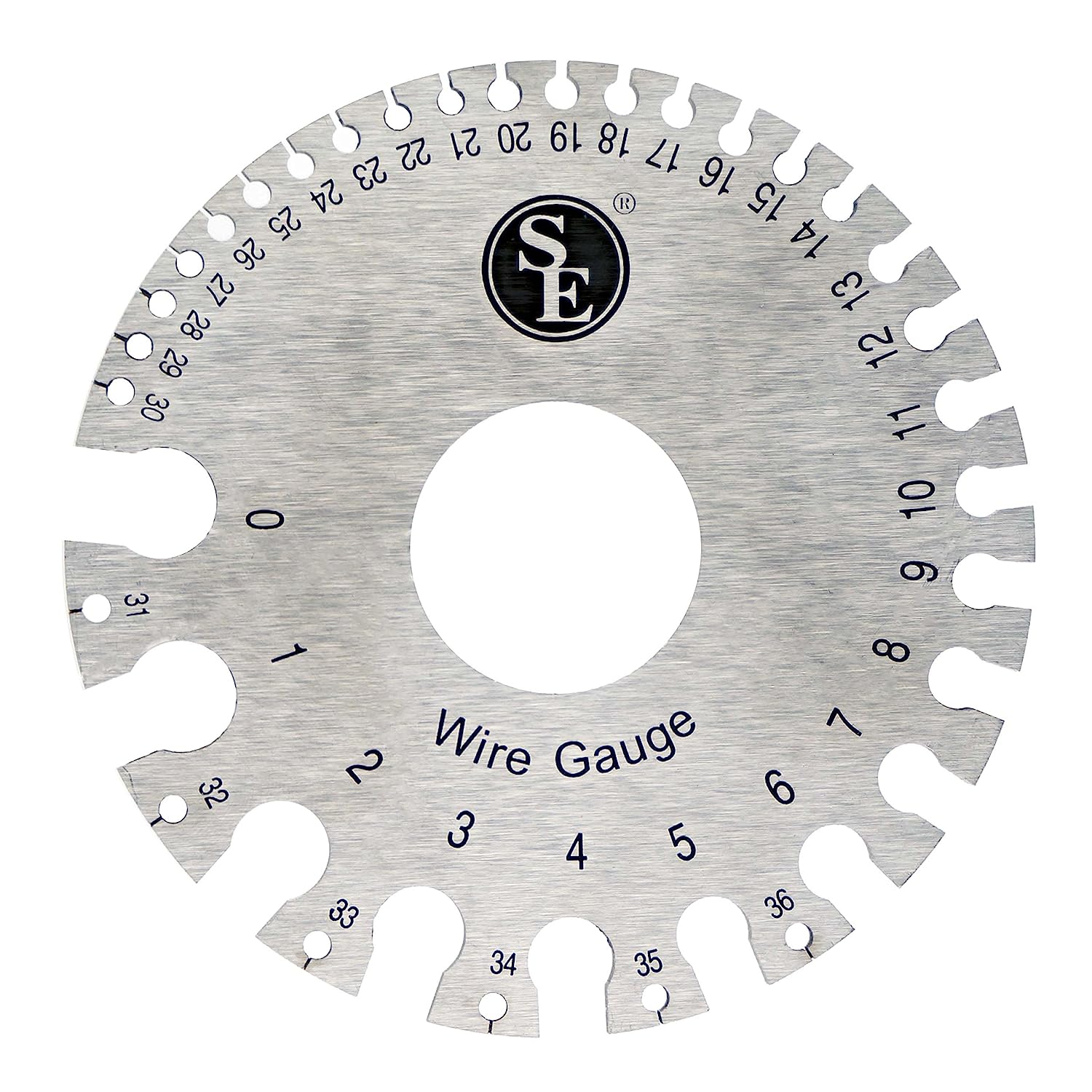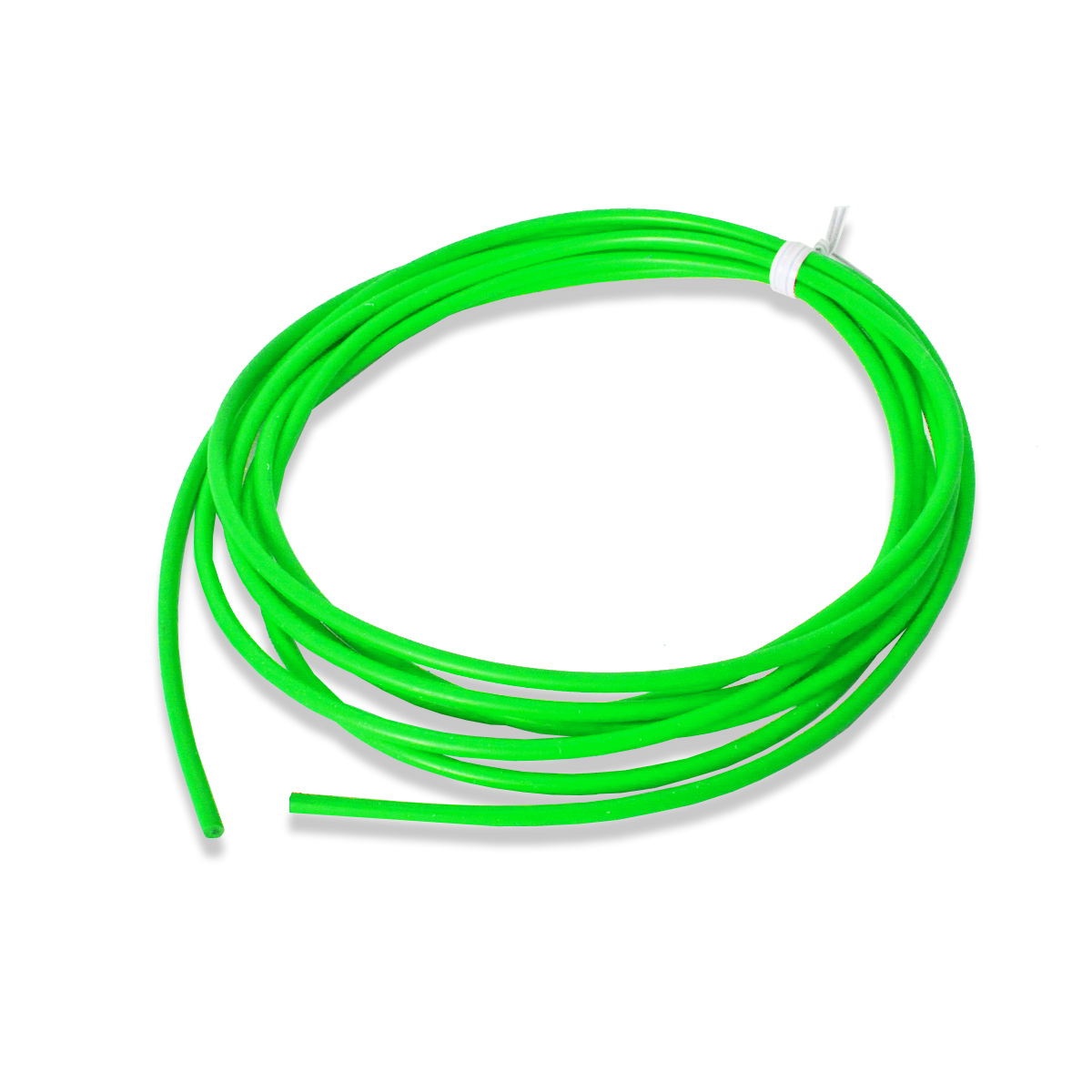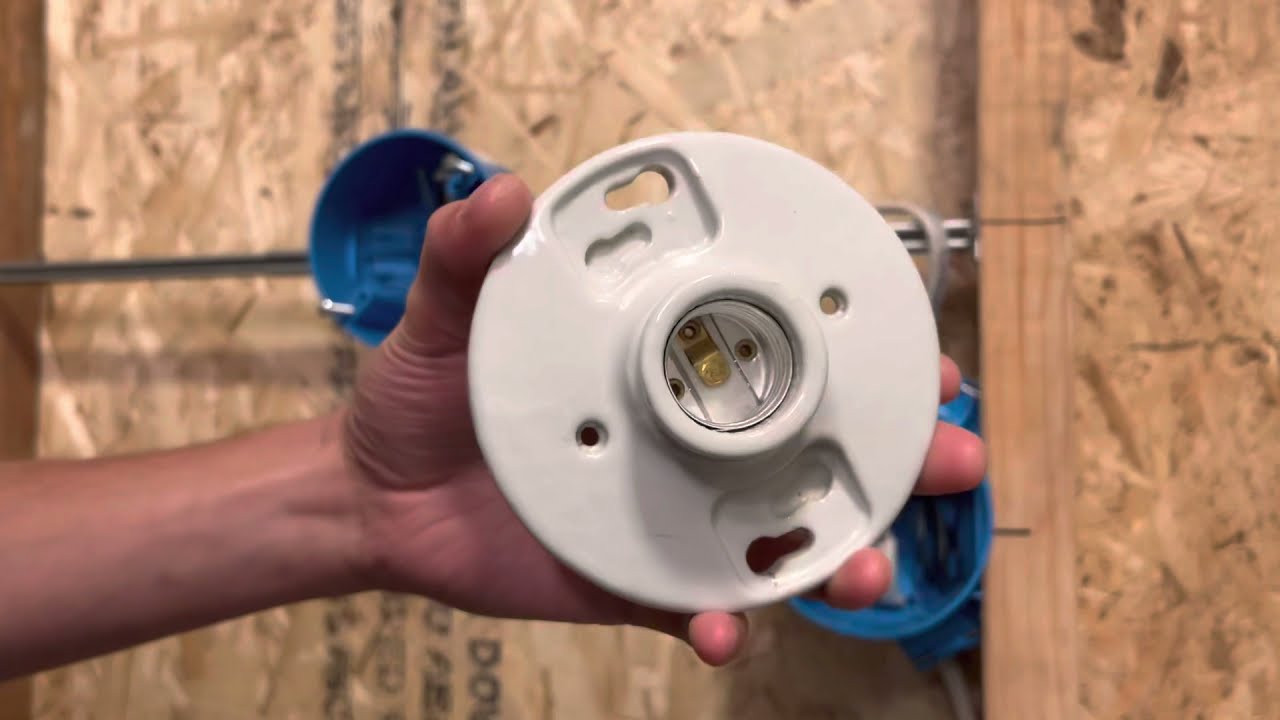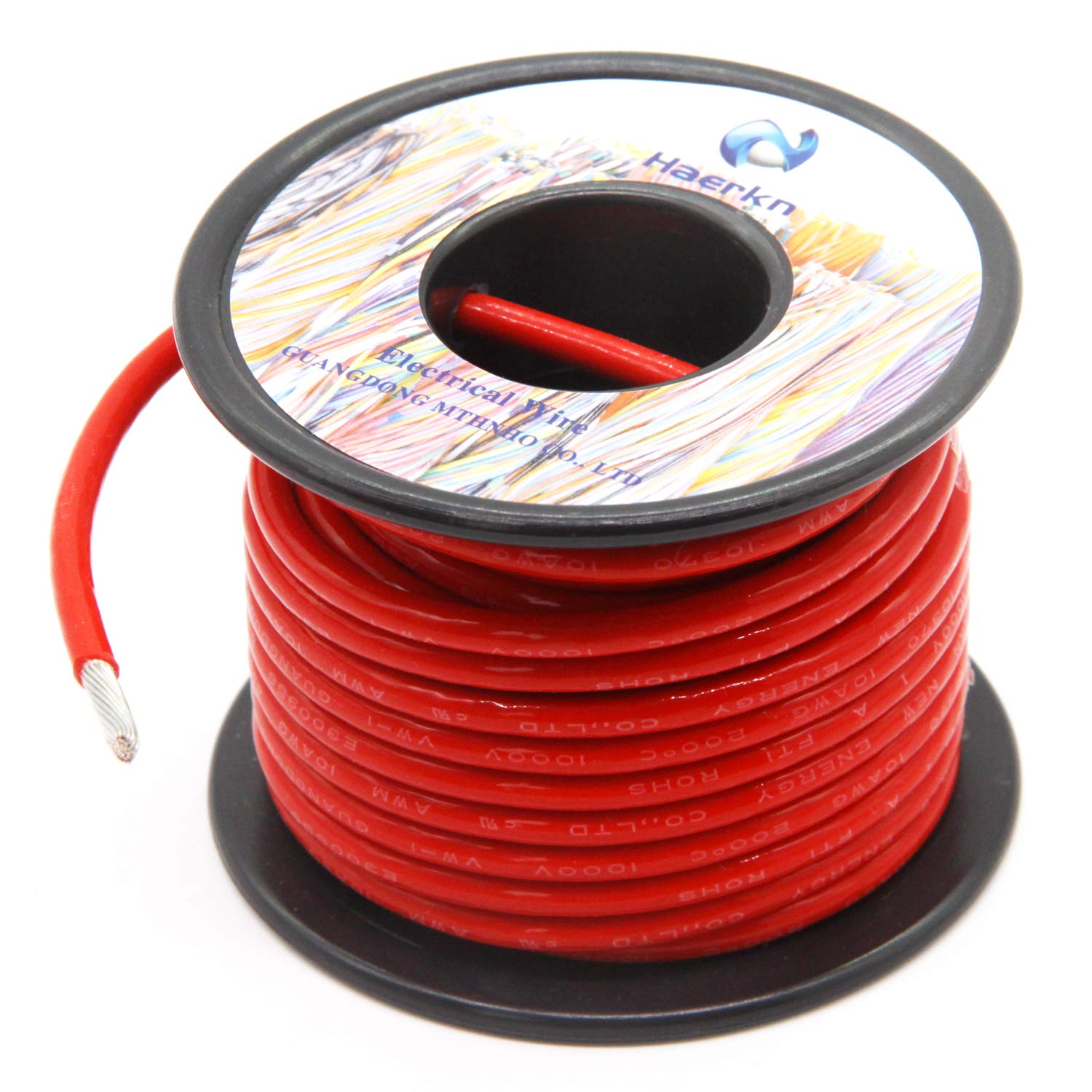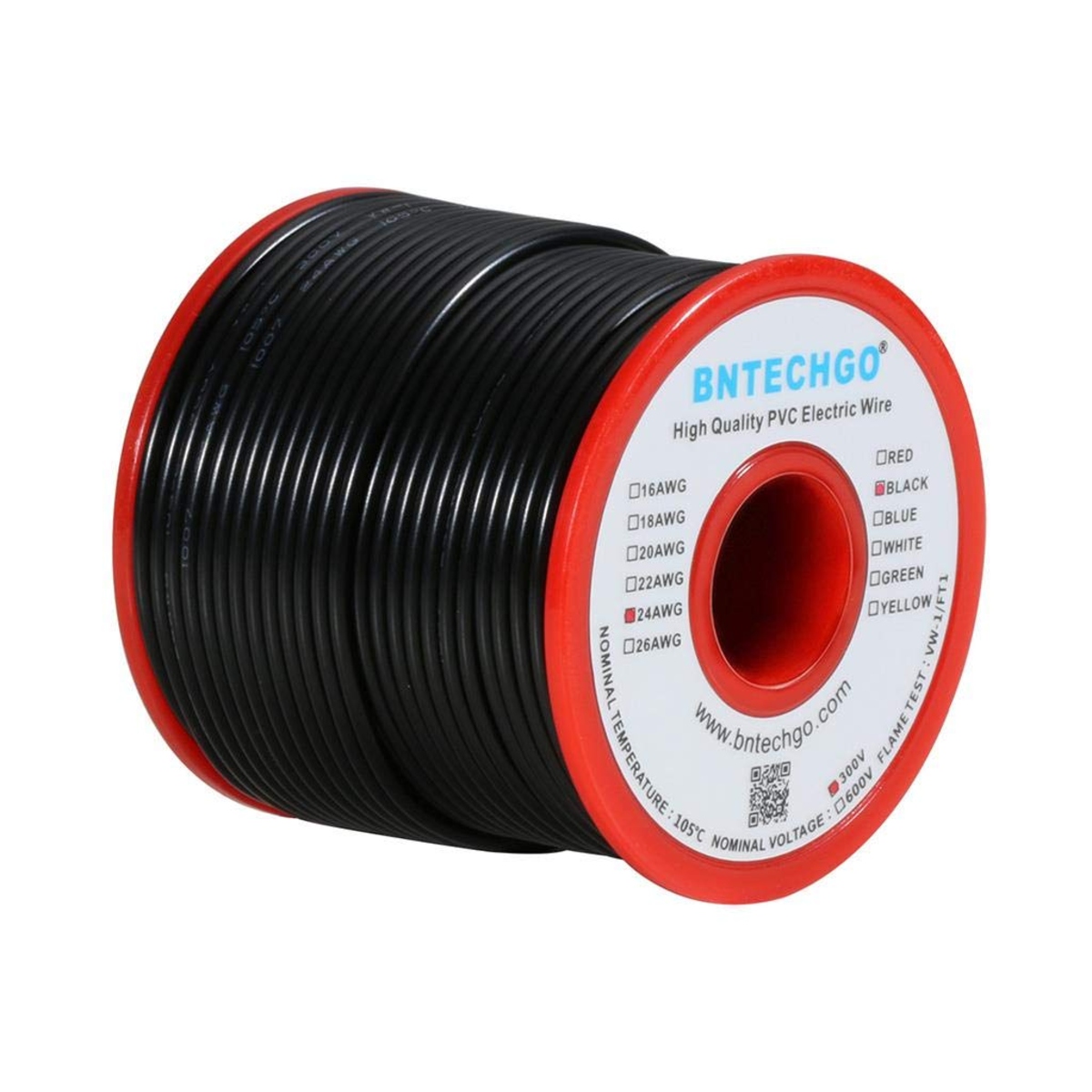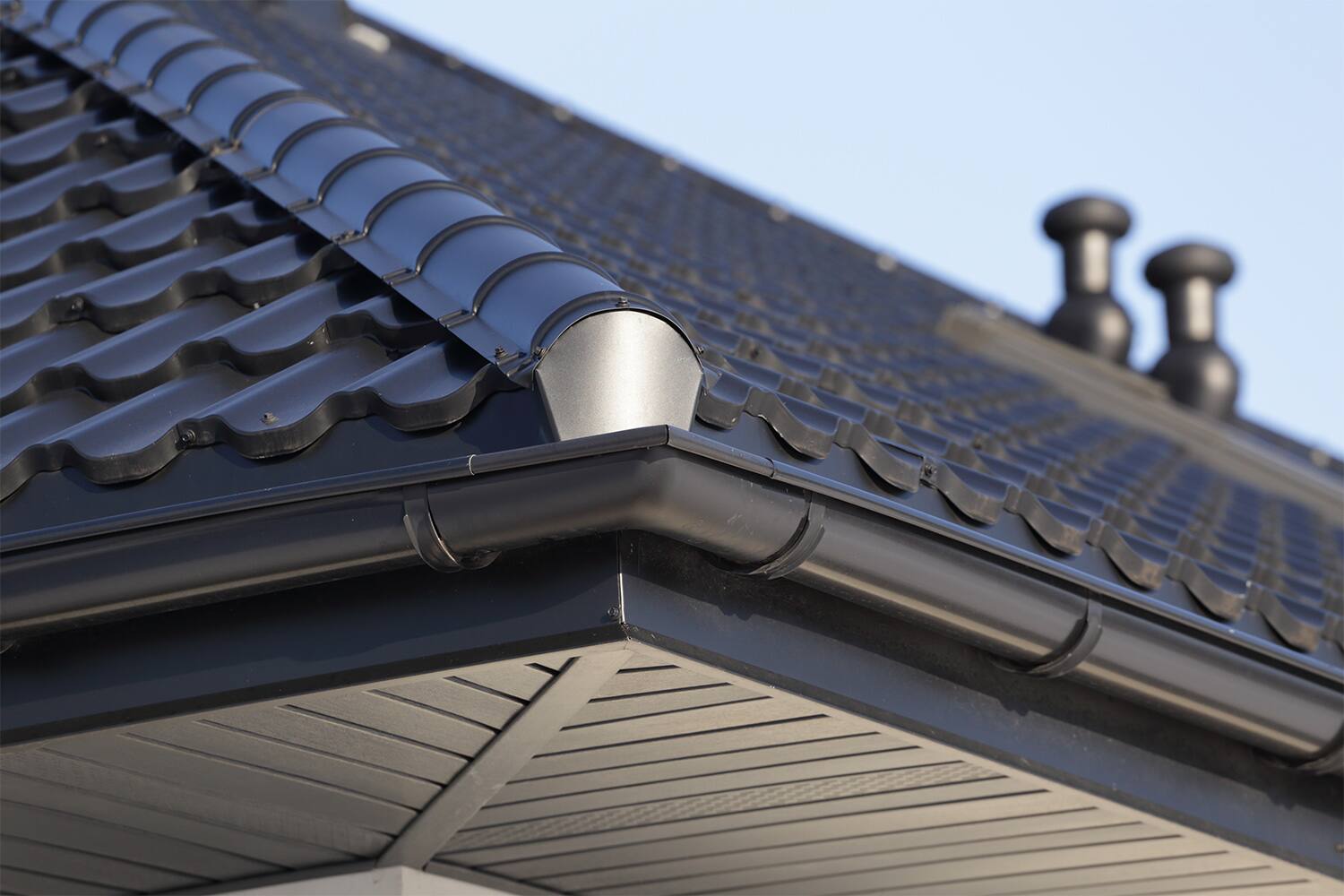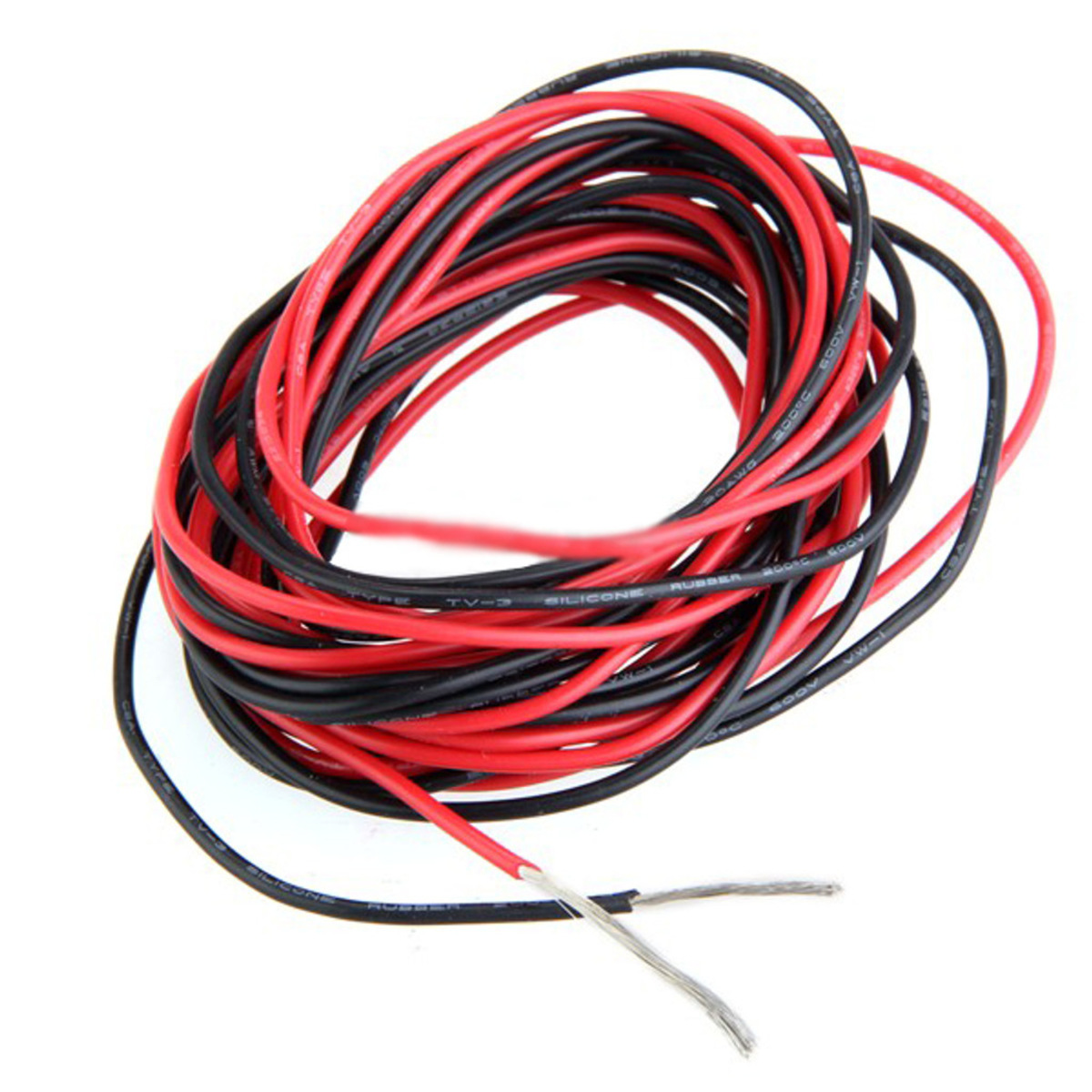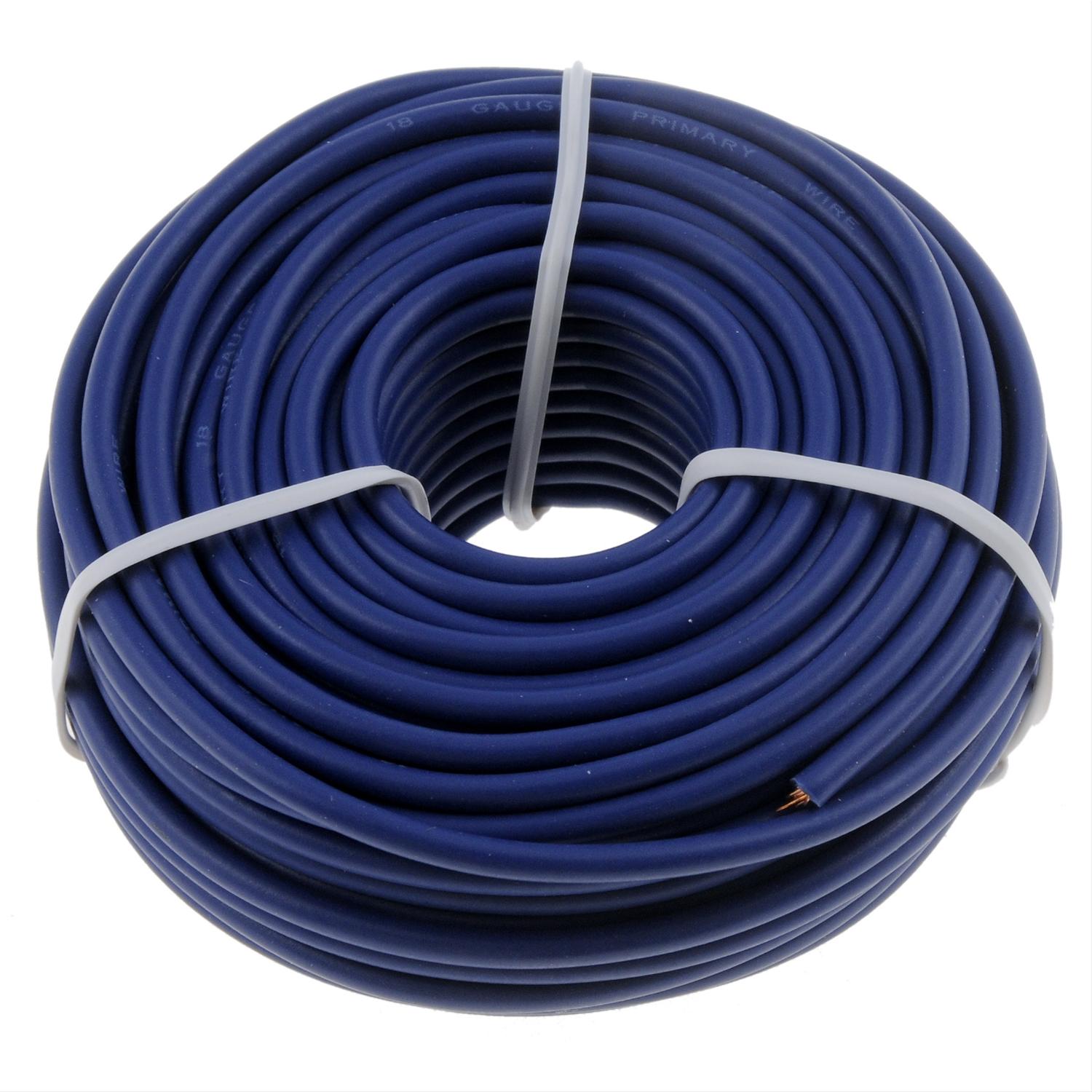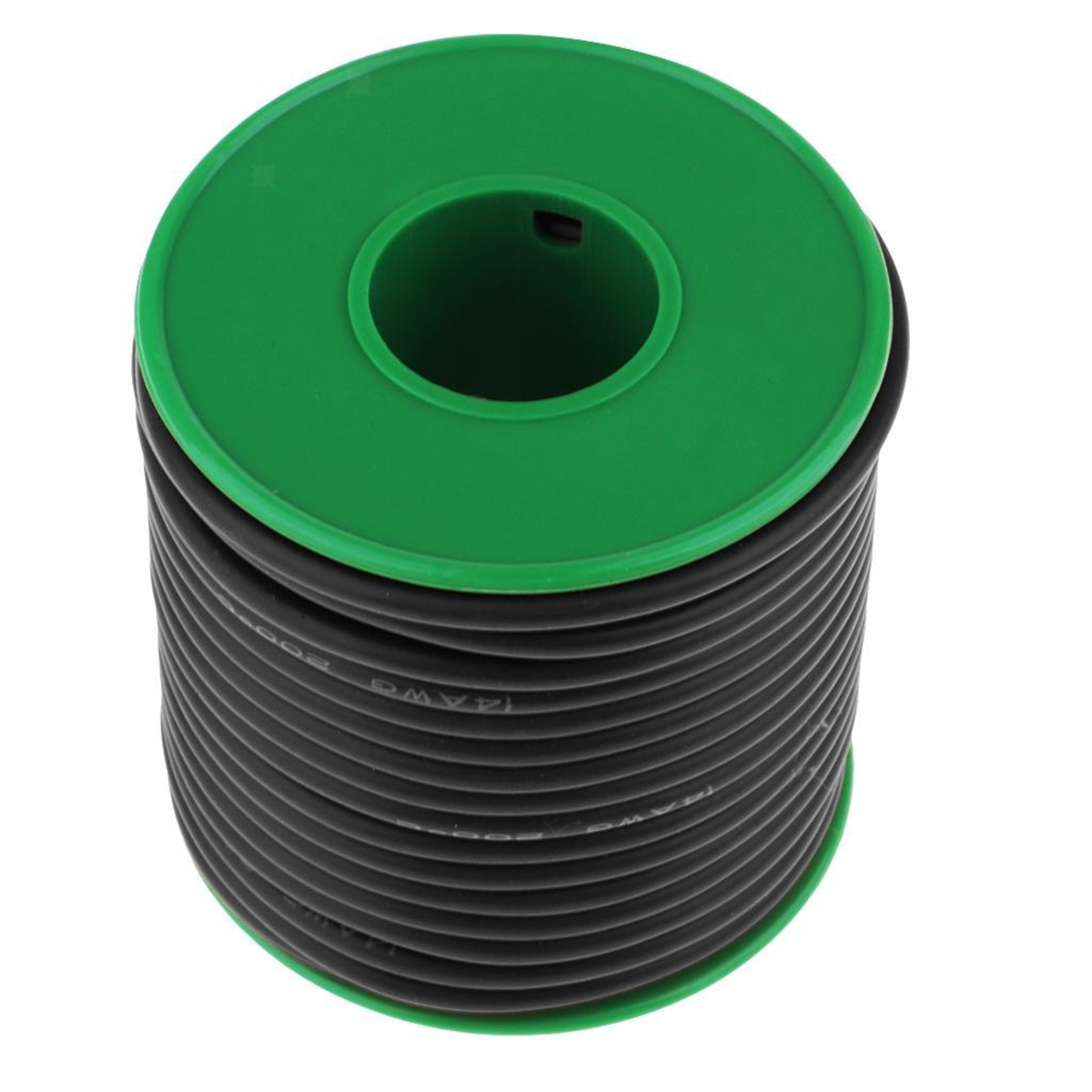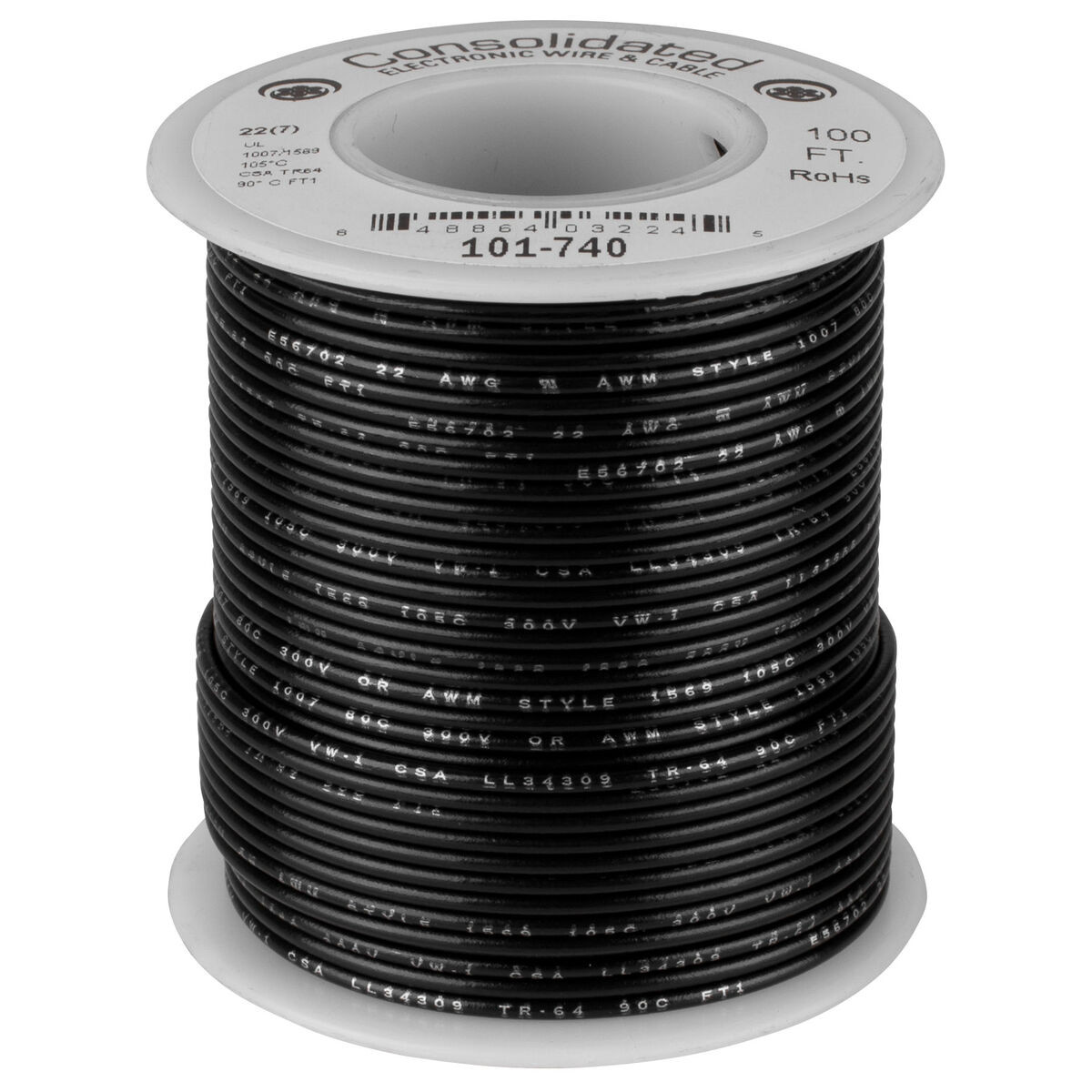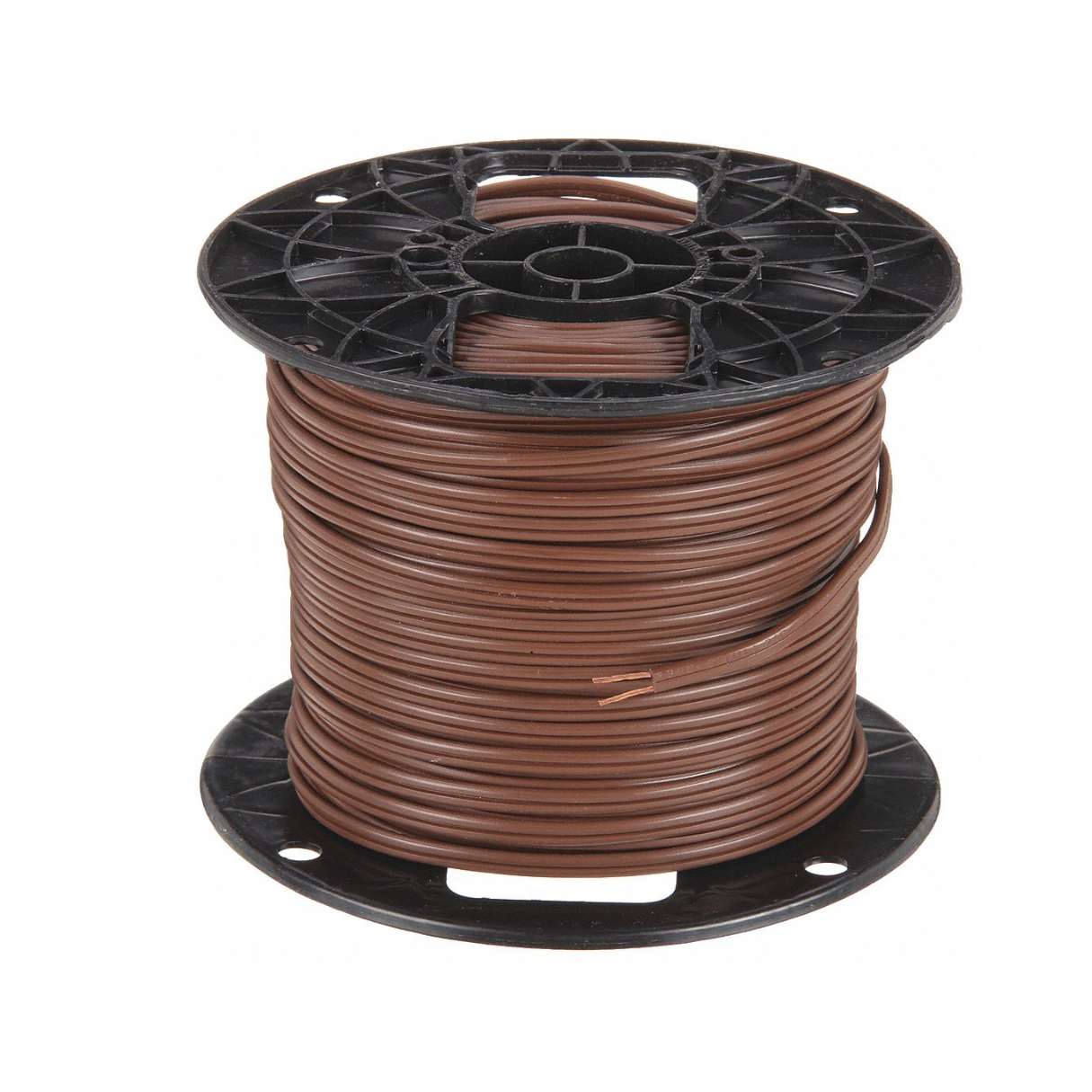

Furniture
What Gauge Is A Lamp Wire?
Modified: January 6, 2024
Find out the appropriate gauge of lamp wire for your furniture needs. Ensure a secure and efficient electrical connection for your lighting fixtures.
(Many of the links in this article redirect to a specific reviewed product. Your purchase of these products through affiliate links helps to generate commission for Storables.com, at no extra cost. Learn more)
Introduction
Welcome to our comprehensive guide on lamp wire gauge! When it comes to lighting, one often overlooked but important aspect is the gauge of the wire used in lamp cords. The gauge of the wire refers to its thickness, which affects the amount of electrical current it can safely carry. Understanding the importance of wire gauge and selecting the appropriate one for your lamps is crucial for safety and optimal performance.
In this article, we will delve into the world of lamp wire gauges, discussing what gauge means and why it matters for your lighting fixtures. We will also explore the most common gauges used in lamp wire, and provide helpful tips for choosing the right gauge for your specific lamp needs.
Whether you are a DIY enthusiast, a professional electrician, or simply someone who wants to learn more about lamp wire, this guide will provide you with all the information you need to make informed decisions. So, let’s shed some light on the topic and get started!
Key Takeaways:
- Choose the right gauge of lamp wire to ensure safety, optimal performance, and compliance with electrical codes. Consider factors like wattage, distance, and future upgrades for informed decision-making.
- Understanding the importance of wire gauge in lamp cords is crucial for maintaining safety, electrical performance, and compliance. Consult manufacturer’s guidelines or an electrician for expert advice on selecting the appropriate wire gauge.
Read more: What Gauge Is Doorbell Wire
What is Gauge?
Gauge, in the context of lamp wire, refers to the thickness or diameter of the wire. It is measured using a numerical system, where smaller numbers indicate thicker wires. The gauge of the wire determines the amount of electrical current that it can safely carry without overheating or causing a fire hazard.
The gauge of a wire is determined by the American Wire Gauge (AWG) system, which assigns a specific number to each wire size. The AWG system is widely used in North America, while other regions may use different systems like the British Standard Wire Gauge (BSWG) or the European Standard EN 50525.
When it comes to lamp wire, it is crucial to choose the appropriate gauge size to ensure proper electrical conductivity and safety. Using a wire with a gauge that is too small to handle the electrical load can result in excessive heat generation, leading to wire insulation melting, shorts, or even electrical fires. On the other hand, using a wire with a gauge that is too large is unnecessary and can increase costs.
Understanding gauge is vital because it determines the maximum current-carrying capacity of the wire. The larger the gauge number, the smaller the wire diameter, and the lower the current-carrying capacity. For example, a 16-gauge wire can handle more current than a 20-gauge wire.
Now that you have an understanding of what gauge means in the context of lamp wire, let’s explore why it is important when it comes to selecting the right wire for your lamps.
Importance of Gauge in Lamp Wire
The gauge of the wire used in lamp cords plays a crucial role for several reasons. Understanding its importance will help you make informed decisions when choosing lamp wire for your lighting fixtures.
1. Safety: One of the primary reasons why gauge matters is safety. Using the correct gauge wire ensures that the wire can handle the electrical load without overheating. Overheating can lead to wire insulation damage, voltage drop, or even electrical fires. By selecting the appropriate gauge wire, you can minimize these risks and ensure the safe operation of your lamps.
2. Electrical Performance: The gauge of the wire directly affects its electrical performance. Thicker wires have lower resistance and can carry more electrical current with minimal voltage drop. If you use a wire with a gauge that is too small, it may not be able to supply enough power to your lamp, leading to dim lighting or flickering. Additionally, using a wire with a gauge that is too large for the load can result in inefficient energy consumption.
3. Distance and Load: The length of the wire and the electrical load placed on it can also influence the appropriate gauge selection. Longer wire lengths and higher electrical loads require thicker wire gauges to ensure efficient power transmission and to minimize voltage drop.
4. Code and Compliance: Adhering to electrical codes and regulations is important for safety and compliance. Certain building codes specify the minimum wire gauge requirements for different types of electrical installations, including lamps. It is crucial to select wire gauges that meet or exceed the requirements outlined in these codes.
5. Flexibility and Handling: Another factor to consider is the flexibility and handling of the wire. Thicker gauges can be less flexible and more difficult to work with, especially in tight spaces or when making intricate lamp designs. Considering the aesthetics and practicality of working with a certain gauge is important for both professional electricians and DIY enthusiasts.
Understanding the importance of wire gauge in lamp cords is essential for maintaining safety, electrical performance, and compliance. In the next section, we will explore the most common gauges used in lamp wire to help you make an informed decision when selecting the appropriate gauge for your lighting needs.
When choosing lamp wire gauge, consider the wattage of the bulb and the length of the wire. For shorter distances and lower wattage, 18-gauge wire is sufficient. For longer distances and higher wattage, use 16-gauge wire.
Common Gauges for Lamp Wire
When it comes to lamp wire, there are several common gauges that are widely used in the industry. The choice of gauge depends on factors such as the power requirements of the lamp, the distance between the lamp and the power source, and any specific electrical codes or regulations that need to be followed.
Here are some of the most common gauges for lamp wire:
- 18 Gauge: This is a popular choice for many standard table lamps and smaller lighting fixtures. It can safely carry up to 10 amps of current and is suitable for most residential lighting applications.
- 16 Gauge: Slightly thicker than 18 gauge, 16 gauge wire is commonly used for larger lamps or lighting fixtures that require a higher wattage. It has a higher current-carrying capacity, making it suitable for applications where more power is required.
- 14 Gauge: Considered heavy-duty wire, 14 gauge is often used for lamps with higher wattages or for longer wire runs. It can handle larger electrical loads without significant voltage drop.
- 12 Gauge: This wire gauge is typically used for heavy-duty lighting applications, such as outdoor lamps or lamps that require a substantial amount of power. It offers a high current-carrying capacity and is suitable for longer wire runs.
- 10 Gauge: Reserved for very high-power lamps or special applications, 10 gauge wire is extremely thick and can handle substantial electrical loads over long distances. It is commonly used for industrial lighting or specialized lighting projects.
It’s important to note that the above gauge sizes are standard recommendations for common lamp wire applications. However, specific requirements may vary based on the lamp design, wattage, and local electrical codes. Always consult the manufacturer’s guidelines or an electrician for expert advice on selecting the appropriate wire gauge for your specific lighting needs.
With a clear understanding of the common gauges used in lamp wire, let’s move on to the next section, where we’ll discuss the factors to consider when choosing the gauge of lamp wire.
Factors to Consider When Choosing the Gauge of Lamp Wire
Choosing the right gauge of lamp wire is crucial for safety, optimal electrical performance, and compliance with electrical codes. When selecting the gauge for your lamp wire, consider the following factors:
1. Wattage and Power Requirements: Determine the wattage of your lamp and the power requirements of your lighting fixture. Higher wattage lamps require thicker wire gauges to handle the increased electrical load. Ensure that the selected gauge can safely carry the required wattage without overheating.
2. Distance: Consider the distance between your lamp and the power source. Longer wire runs can experience voltage drop, which can affect the performance of your lamp. Thicker gauges can help minimize voltage drop and ensure efficient power transmission over longer distances.
3. Electrical Codes and Regulations: Familiarize yourself with the electrical codes and regulations in your area. Some codes may specify minimum wire gauge requirements for lamps and other electrical installations. Ensure compliance by selecting a wire gauge that meets or exceeds the recommended standards.
4. Electrical Load: Determine the electrical load that will be placed on the wire. Higher electrical loads require thicker wire gauges to safely carry the current without overheating. Consider factors such as the number of bulbs, their wattage, and any additional accessories that draw power from the circuit.
5. Flexibility and Handling: Evaluate the flexibility and handling characteristics of the wire. Thicker gauge wires tend to be less flexible, which can make installation and wiring more challenging, especially in tight spaces or complex lamp designs. Consider the practicality of working with a certain gauge, especially if you are a DIY enthusiast.
6. Future Upgrades or Modifications: Consider any potential upgrades or modifications you may make to your lighting system in the future. If you anticipate adding more lights or increasing the wattage of your lamps, it is wise to choose a slightly higher gauge wire to account for future power requirements.
By taking these factors into consideration, you can make an informed decision when selecting the gauge of your lamp wire, ensuring safety, optimal performance, and compliance with electrical regulations.
Now that you have a good understanding of the factors to consider, let’s wrap up our guide on lamp wire gauge.
Read more: What Gauge Is House Electrical Wire
Conclusion
Choosing the right gauge of lamp wire is essential for safety, optimal electrical performance, and compliance with electrical codes. The gauge of the wire determines its thickness and current-carrying capacity. By selecting the appropriate gauge, you can ensure that your lamps operate safely and efficiently.
Throughout this guide, we have explored the concept of gauge and its significance in lamp wire. We discussed the importance of gauge for safety, electrical performance, and code compliance. We also highlighted the most common gauges used in lamp wire, such as 18 gauge, 16 gauge, and 14 gauge, and explained their respective applications and advantages.
When choosing the gauge of lamp wire, it is important to consider factors such as wattage, distance, electrical codes, load, flexibility, and future upgrades. By taking these factors into account, you can make an informed decision and ensure that your lighting fixtures operate efficiently and safely.
Remember to consult the manufacturer’s guidelines or an electrician for expert advice on selecting the appropriate wire gauge for your specific lamp needs, particularly if you are unsure about the requirements or if you have unique lighting installations.
Whether you are a DIY enthusiast or a professional electrician, understanding the importance of gauge in lamp wire is crucial. By applying this knowledge, you can confidently select the right gauge wire for your lamps and ensure the longevity and optimal performance of your lighting fixtures.
We hope this comprehensive guide has shed light on the significance of gauge in lamp wire and has equipped you with the knowledge you need to make informed decisions. Remember, safety should always be the top priority when working with electricity. Choose wisely, stay safe, and enjoy the brilliance of well-wired lamps!
Frequently Asked Questions about What Gauge Is A Lamp Wire?
Was this page helpful?
At Storables.com, we guarantee accurate and reliable information. Our content, validated by Expert Board Contributors, is crafted following stringent Editorial Policies. We're committed to providing you with well-researched, expert-backed insights for all your informational needs.
